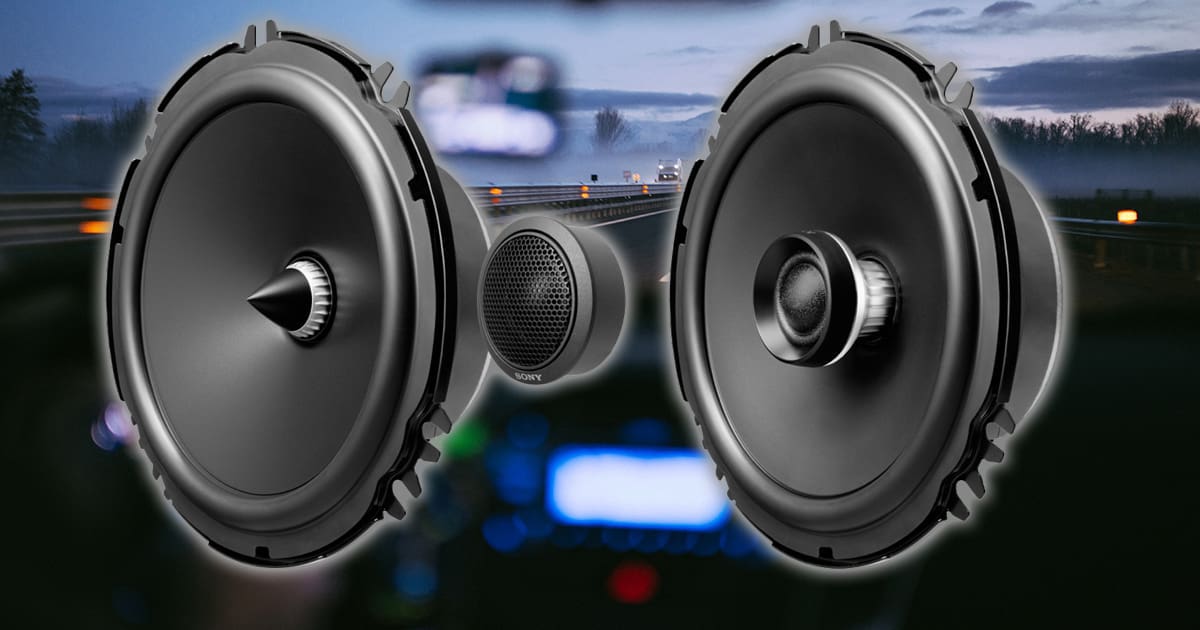If you’re looking to improve the sound quality in your car, one of the first upgrades most people consider is replacing the factory-installed speakers. But do aftermarket speakers really make a difference, or is it just an unnecessary expense? Let’s take an in-depth look at how aftermarket speakers compare to stock speakers, what improvements they offer, and whether they’re worth the investment.
The Limitations of Factory Speakers
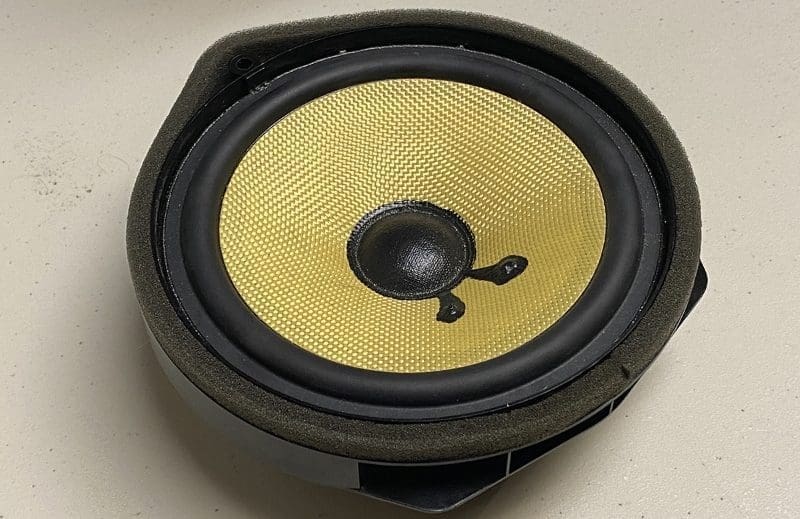
Most vehicles come equipped with factory-installed speakers designed to meet budget constraints rather than deliver premium sound. While they may be sufficient for casual listening, they fall short for anyone who wants a more immersive audio experience.
Lower-Quality Materials – Factory speakers are typically built with low-cost materials like paper cones, foam surrounds, and small magnets. These materials degrade over time, reducing sound quality and durability. The use of thin plastic enclosures and weak mounting designs can also lead to unwanted vibrations and resonance.
Limited Frequency Response and Clarity – Factory speakers often lack the ability to reproduce deep bass and detailed high frequencies. Many are designed to perform well only within a narrow range, leading to a muffled or distorted sound at higher volumes. The treble may lack crispness, and midrange frequencies can sound flat and uninspiring.
Restricted Power Handling – Most factory speakers are designed to work with low-powered head units, limiting their ability to deliver dynamic sound. Without external crossovers or dedicated amplification, they struggle to handle complex audio signals, leading to distortion when the volume is turned up.
How Aftermarket Speakers Improve Sound Quality
Upgrading to aftermarket speakers can significantly enhance the clarity, depth, and overall listening experience inside your vehicle. Here’s why they outperform factory-installed options:
- Superior Materials for Better Sound and Durability – High-quality aftermarket speakers use materials like polypropylene, woven Kevlar, and aluminum for speaker cones. These materials provide greater rigidity and accuracy in sound reproduction. Silk dome tweeters offer a smoother high-frequency response, reducing harshness and distortion. Rubber surrounds last longer than foam surrounds, ensuring consistent performance over time.
- Wider Frequency Response for More Detail – Aftermarket speakers are engineered to reproduce a wider range of frequencies, resulting in richer bass, more defined midrange, and crisper highs. You’ll notice a dramatic improvement in vocals, instrument separation, and overall soundstage. The difference is especially noticeable when listening to high-quality audio sources, such as FLAC files or high-bitrate streaming services.
- Higher Power Handling and Efficiency – Unlike factory speakers, which are often limited by the power output of the stock head unit, aftermarket speakers can handle higher wattage from an external amplifier. This means cleaner, distortion-free sound at higher volumes. Many aftermarket options also include built-in or external crossovers that properly direct frequencies to the appropriate drivers, preventing muddiness and improving clarity.
Speaker Installation and Placement Matter
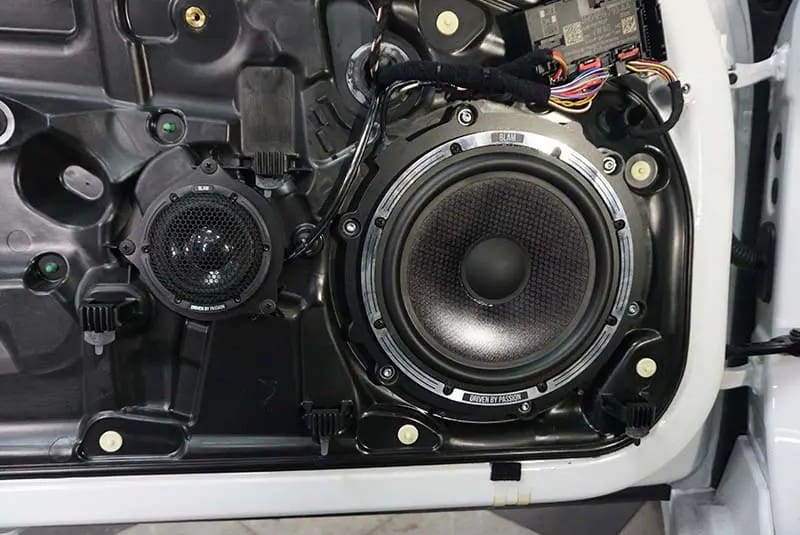
Simply swapping out speakers isn’t always enough to achieve the best sound. Proper installation and tuning play a crucial role in maximizing the benefits of an upgrade.
Even the best speakers won’t perform well if they’re poorly mounted or positioned incorrectly. Factory mounting locations aren’t always ideal for optimal sound dispersion, and custom speaker mounts can sometimes be necessary to achieve a balanced audio experience. A professional installer can ensure that speakers are properly secured and positioned for the best possible soundstage.
Reducing Road Noise with Sound Damping
A common issue in factory audio setups is interference from road noise and vibrations. Adding sound-deadening materials, such as Dynamat or HushMat, can significantly reduce unwanted noise, allowing your new speakers to perform at their best. This is especially important in vehicles with thin door panels that can introduce rattling and distortion.
Fine-Tuning for Maximum Performance
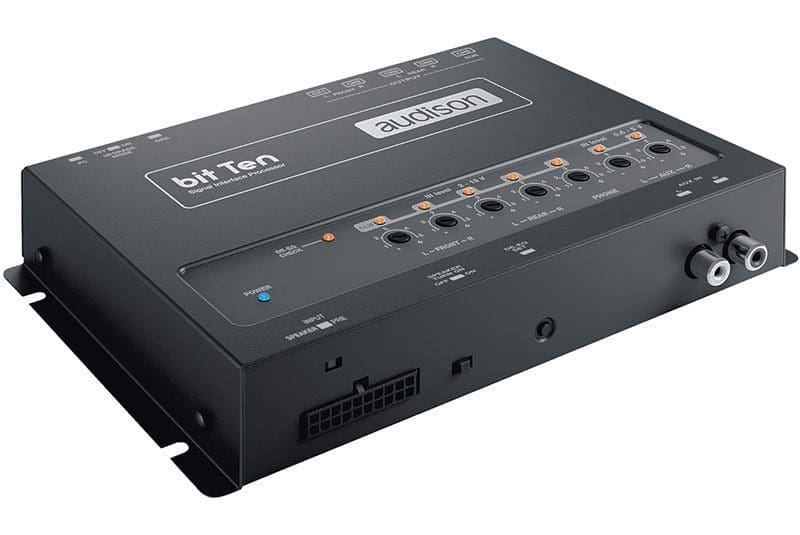
After installation, adjusting equalization (EQ) settings and crossover points ensures that your speakers deliver optimal sound. Digital Signal Processors (DSPs) can further refine audio output, tailoring the frequency response to the acoustics of your car. Professional tuning can make a dramatic difference in the final sound quality.
Common Myths About Aftermarket Speakers
There are a lot of misconceptions surrounding car audio upgrades. Let’s clear up some of the most common myths about aftermarket speakers.
“All Speakers Sound the Same”
Not all speakers are created equal. Differences in design, materials, and power handling directly impact how they sound. A high-quality aftermarket speaker will reproduce audio with greater accuracy and detail compared to a factory speaker.
“Bigger Speakers Always Mean Better Sound”
While larger speakers can produce deeper bass, size alone doesn’t determine sound quality. The speaker’s design, materials, and integration with the rest of the audio system are far more important than sheer size.
“You Need a Subwoofer for Good Sound”
While a subwoofer enhances low-end bass, aftermarket speakers can deliver a noticeable improvement in clarity and detail without adding a sub. Many high-quality component speakers are capable of producing impressive midbass response on their own.
Is Upgrading Worth It for You?
Now that we’ve covered the advantages of aftermarket speakers, the question remains: Is it worth upgrading?
Who Benefits the Most from Aftermarket Speakers?
- Music lovers who want a more detailed, immersive sound. If you enjoy listening to music in your car, an upgrade will provide a more engaging and enjoyable experience.
- Frequent drivers. If you spend a lot of time on the road, investing in better sound quality makes long drives more enjoyable.
- Anyone frustrated with their factory sound system. If your current setup lacks clarity, depth, or volume, an upgrade will be a noticeable improvement.
Choosing the Right Upgrade for Your Needs
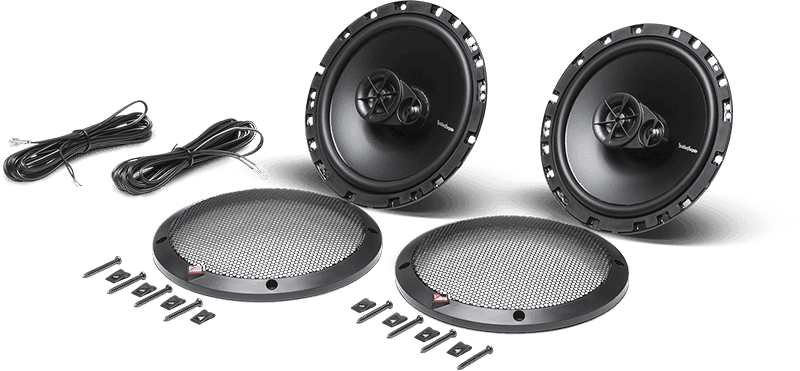
If you’re looking for a cost-effective improvement, upgrading to a set of coaxial speakers is a good start. These speakers combine a woofer and tweeter in a single unit, making them an easy drop-in replacement for factory speakers.
For those seeking a high-performance solution, component speaker systems offer separate woofers, tweeters, and crossovers, allowing for more precise sound reproduction and customization. Pairing them with a dedicated amplifier can further enhance performance.
Conclusion
Aftermarket speakers make a significant difference in sound quality, offering improved clarity, frequency response, and overall listening experience compared to factory-installed speakers. While installation and tuning are essential for getting the best results, a well-planned speaker upgrade is one of the most noticeable improvements you can make to your vehicle’s audio system.
If you’re ready to explore your options, visit a qualified mobile enhancement retailer near you. A professional can help you choose the right speakers and ensure they’re installed and tuned for optimal performance.
